Understanding Sampling in Shrimp Farming and Its Benefits
Sampling involves periodically observing the shrimp by taking several specimens from each pond for further examination. This activity is crucial to prevent adverse events in shrimp farming, such as disease outbreaks or suboptimal shrimp growth.
So, what are the objectives and benefits of sampling? Let’s find out in the following article!
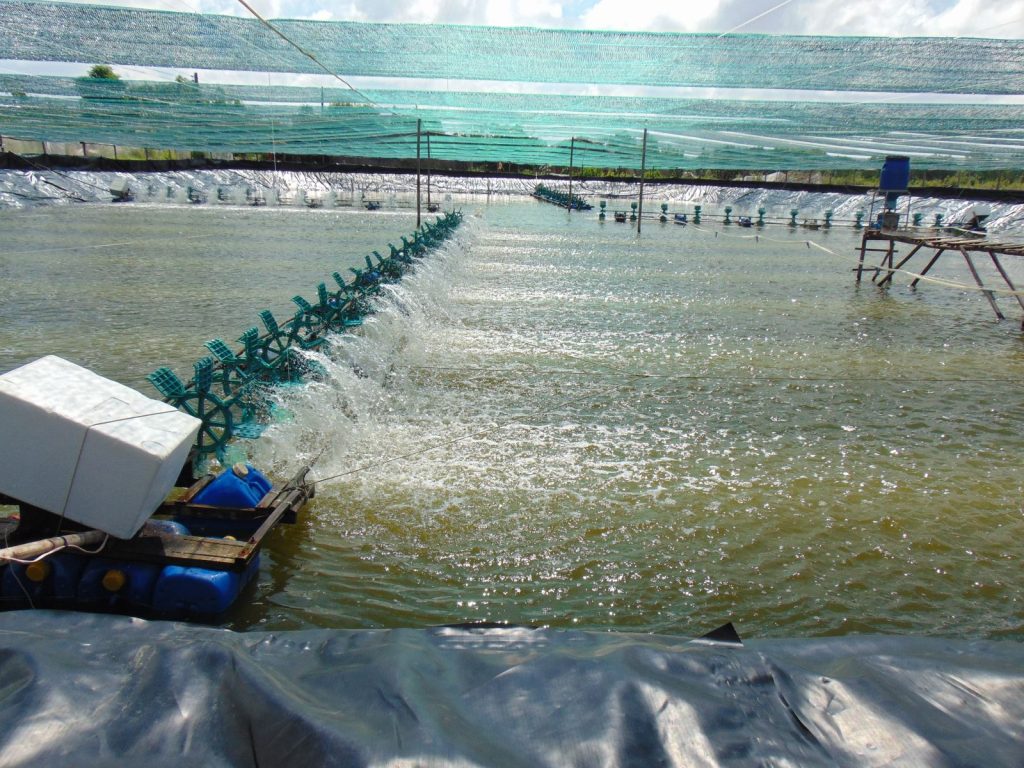
What is Shrimp Sampling?
Shrimp sampling is the periodic observation of shrimp by taking several specimens from each pond for further examination. This is done to assess shrimp growth and condition and estimate their feeding requirements.
Sampling is typically conducted periodically from the time the shrimp post-larvae are stocked in the ponds until shortly before harvesting. Shrimp can be collected from different parts of the pond or through netting and then physically examined and tested in the laboratory.
Objecives of Shrimp Sampling
1. Assessing Shrimp Condition
One of the main objectives of sampling is to assess the condition of the shrimp. The observations from sampling serve as a basis for making decisions related to shrimp farming treatments. For instance, if signs of disease are detected, the farmers can promptly take mitigation measures after identifying the issue through sampling.
2. Evaluating Shrimp Uniformity
Shrimp populations are considered good when the size and weight are relatively uniform. To determine this, sampling can be carried out at a specific age of the shrimp, and then the weight and size uniformity can be observed. Knowing the uniformity helps farmers plan the appropriate feed management.
3. Calculating the Survival Rate
Shrimp sampling is also useful for calculating the survival rate (SR) over a specific period. The survival rate is determined by dividing the shrimp biomass by the initial number of post-larvae stocked and then multiplying it by 100%.
4. Calculating Average Body Weight
The average body weight (ABW) is the average weight of shrimp in a population during a specific period. ABW is calculated by dividing the total weight of the sampled shrimp by the number of shrimp collected.
5. Calculating Shrimp Biomass
Biomass refers to the total weight of shrimp in a population during a specific period, expressed in weight units. Shrimp biomass can be estimated by multiplying the survival rate (SR) with the initial population and then multiplying it by the ABW at a specific time.
6. Measuring Shrimp Size
Sampling is also used as a basis for measuring shrimp size. Shrimp size can be determined by counting the number of shrimp per 1 kg. For example, if there are 90 shrimp in 1 kg, it is referred to as “size 90.”
7. Assessing Pond Bottom Conditions
Sampling can also be beneficial for assessing the condition of the pond bottom. This can be done by observing the sediment brought up when casting the net in the pond for sampling. Observations are made to determine if there are shrimp deaths within acceptable limits.
Types of Shrimp Sampling in Shrimp Farming
1. Larvae Sampling
Larvae sampling is conducted to estimate the population size and quality of shrimp post-larvae that will be stocked into the ponds. This is done by randomly collecting a sample of larvae and transferring them to a container for further evaluation. The larvae can be observed under a microscope, undergo stress tests, activity tests, and their numbers are counted.
2. Corner Pond Sampling (Anco)
Corner pond sampling is done with the help of corner nets in each pond. The corner nets are useful for capturing small-sized shrimp. Typically, anco sampling is conducted when the shrimp have reached 25-35 days of age and are not too large.
3. Net Sampling
The last type of sampling in shrimp farming is net sampling. As the name suggests, this sampling method involves using a net to capture shrimp from the pond. Net sampling is usually carried out when the shrimp have reached a relatively larger size (2.5 grams) or at around 30 days after stocking.
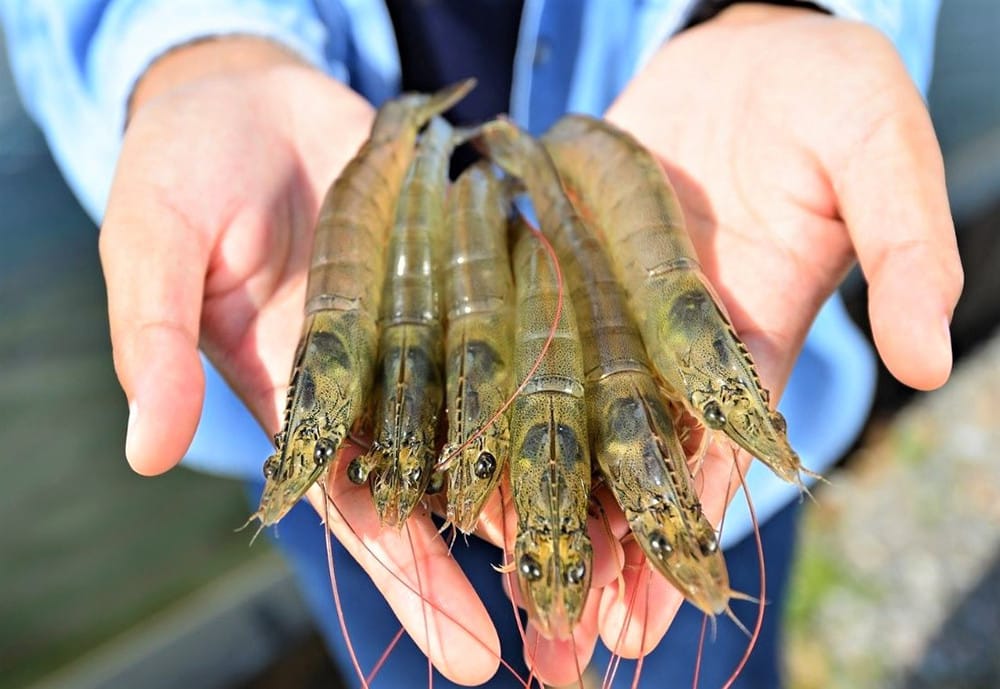
Cre: delosaqua.com
Contact AQUA MINA for consultation and supply of aquaculture round tanks and aquaculture equipment for high-tech shrimp farming.
- Address: 685 National Highway 1A, Binh Hung Hoa Ward, Binh Tan District, Ho Chi Minh City
- Phone: 1800 6071 (Toll-free hotline)
- Email: sales@aquamina.com.vn or oversea@aquamina.com.vn
Aqua Mina's distributor in Japan: REX INDUSTRIES CO., LTD
- Address: 1-9-3 Hishiya-Higashi, Higashi-Osaka 578-0948 JAPAN
- Email: kimakubo@rexind.co.jp
- Phone: +81-(0)72-961-9893
- Website: http://www.rexind.co.jp/e/
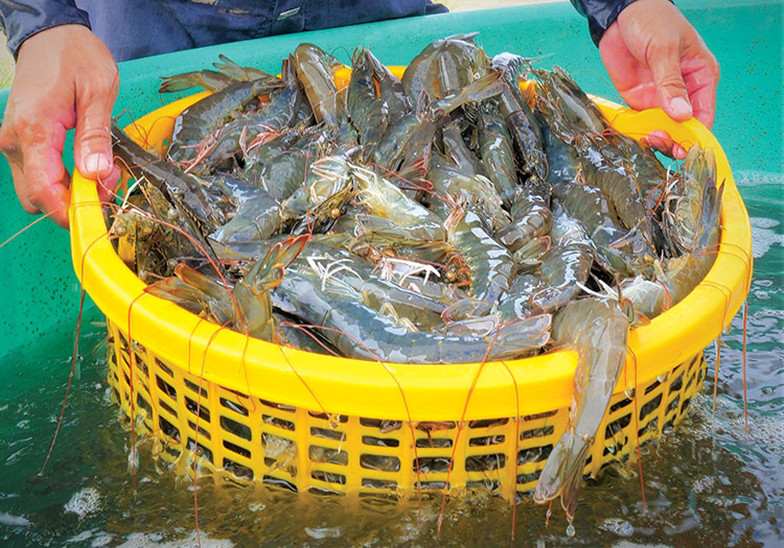
WE WORK FOR YOUR SUCCESS!
Ngày đăng : 06/01/2025
3383 View
Other Articles
Portuguese food group acquires 18% stake in cod farming company Norcod
Indonesia implements radioactive-free shrimp certification for exports to the United States
India is world’s second-largest shrimp producer. That is now under threat
Ca Mau’s shrimp industry moves towards “green” growth
Floods devastate aquaculture, processing operations in Vietnam
Ecuador Leads Global Shrimp Exports, Surpassing USD 7 Billion in 2025
India's marine product exports rise 16% as new markets offset US dip
Skretting presents the first shrimp feed with insect meal in Vietnam
Sharing: EU increases shrimp imports in the first 9 months of the year
Gideon De Oro opens high tech Cebu shrimp plant, to revive exports
White-leg shrimp facing WSSV: When density and environment fluctuate together








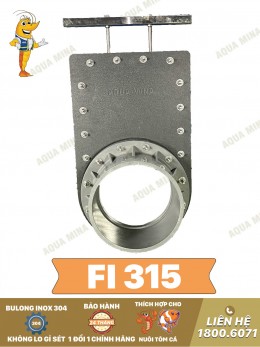
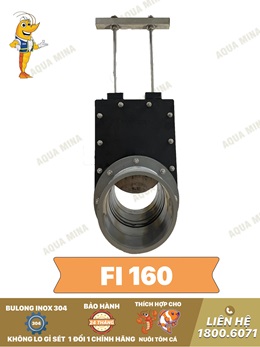
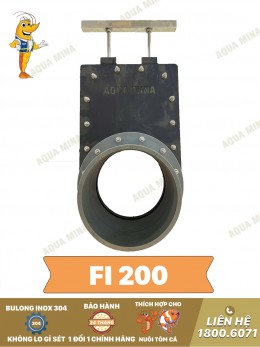
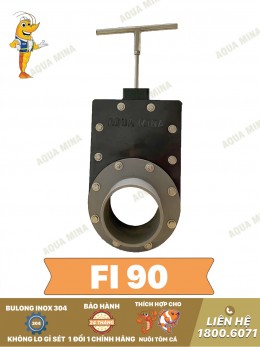
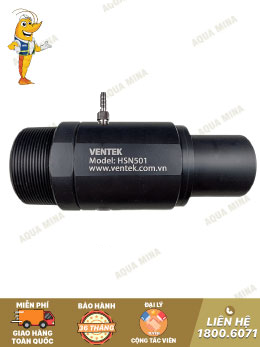
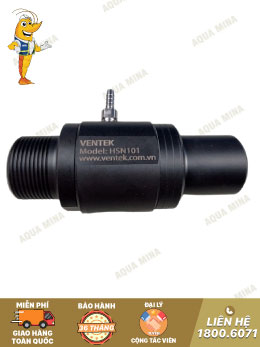

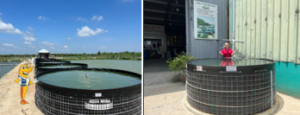
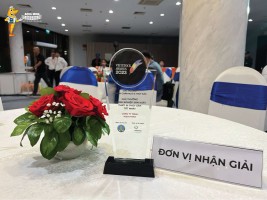
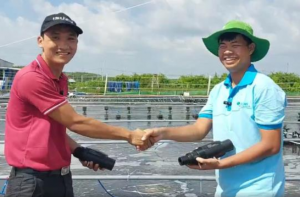
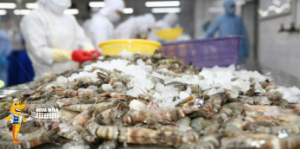
.jpg)